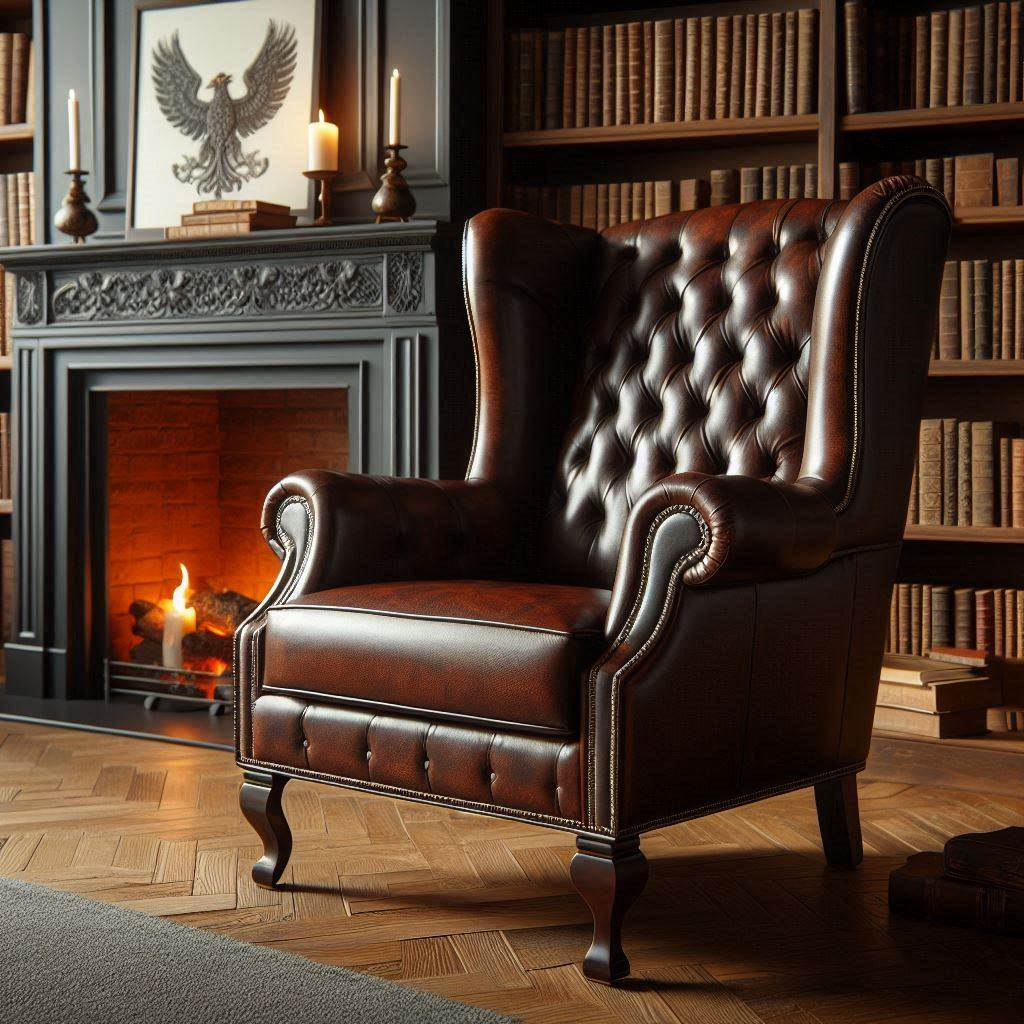
How to Get Oil Out of a Leather Chair?
Leather furniture adds a touch of elegance to any room, but it can be a nightmare when accidents happen. If you’ve just spilled oil on your prized leather chair, don’t panic! This guide will walk you through the process of removing that stubborn oil stain and restoring your chair to its former glory.
Quick Answer
To remove oil from a leather chair, blot excess oil, apply cornstarch or talcum powder to absorb the stain, clean with a mild soap solution, rinse, dry, and condition the leather. For tough stains, you may need to repeat the process or try alternative methods like baking soda paste or a vinegar-linseed oil solution.
The Oily Mishap: A Personal Tale
Before we dive into the nitty-gritty of oil removal, let me share a quick story. Last Thanksgiving, my nephew Jake was helping in the kitchen. He was carrying a bowl of salad dressing when he tripped, sending a splash of olive oil right onto my brand-new leather armchair. My heart sank. But instead of freaking out, I remembered some tricks my grandma taught me. Long story short, that chair now looks as good as new, and I’m here to pass on that wisdom to you.
Understanding Leather and Oil Stains
Leather is a natural material with tiny pores that can absorb liquids, including oils. When oil seeps into these pores, it can create a dark, unsightly stain that seems impossible to remove. But don’t lose hope! With the right techniques and a bit of patience, you can tackle even the toughest oil stains.
Why Oil Stains Are Tricky
Oil stains are particularly challenging because:
- They can penetrate deep into the leather
- They don’t evaporate like water-based stains
- They can darken the leather permanently if not treated quickly
The Oil-Busting Arsenal: What You’ll Need
Before we start, let’s gather our supplies. Here’s what you’ll need to wage war against that pesky oil stain:
- Several clean, dry microfiber cloths
- Cornstarch or talcum powder
- Mild dish soap (unscented is best)
- Distilled water
- Leather conditioner
- Optional: Baking soda, white vinegar, linseed oil
- A healthy dose of patience
The Step-by-Step Guide to Banishing Oil Stains

Step 1: Act Fast and Blot
Time is of the essence when dealing with oil stains. As soon as the spill happens:
- Grab a clean, dry microfiber cloth
- Gently blot the stained area to soak up as much oil as possible
- Avoid rubbing or scrubbing, which can push the oil deeper into the leather
Step 2: The Powder Power Play
Now, it’s time to let some household staples do the heavy lifting:
- Sprinkle a generous amount of cornstarch or talcum powder over the entire stained area
- Use your fingertips to gently work the powder into the stain
- Let it sit for at least 4-6 hours, or better yet, overnight
- The powder will act like a sponge, drawing out the oil from the leather
Step 3: The Great Powder Removal
After the powder has had time to work its magic:
- Use a soft-bristled brush or another clean microfiber cloth to gently brush away the powder
- You might see that the powder has clumped up where it absorbed the oil – that’s a good sign!
- If the stain is still visible, don’t worry. Repeat the powder application process
Step 4: Soap Solution to the Rescue
If there’s still a trace of the stain, it’s time to bring in some suds:
- Mix one tablespoon of mild dish soap with one cup of distilled water
- Dip a clean sponge or cloth into the solution and wring it out so it’s damp, not soaking
- Gently dab the stained area with the soapy cloth
- Be careful not to saturate the leather – less is more here
Step 5: Rinse and Shine
Now to get rid of any soap residue:
- Dampen a fresh cloth with plain distilled water
- Wipe the area to remove all soap
- Use a dry cloth to blot the area and absorb excess moisture
- Let the leather air dry completely
Step 6: Condition for the Win
The final touch to restore your leather’s luster:
- Once the leather is completely dry, apply a small amount of leather conditioner
- Use a clean cloth to work the conditioner into the leather using circular motions
- This helps restore moisture and protect the leather from future stains
When the Stain Puts Up a Fight: Alternative Methods
The Baking Soda Paste Technique
If the standard method doesn’t cut it, try this:
- Mix one tablespoon of baking soda with just enough water to form a paste
- Apply the paste to the stain and let it sit for a few hours
- Wipe off with a damp cloth and follow with leather conditioner
The Vinegar and Linseed Oil Solution
This method can both clean and condition:
- Mix one part distilled white vinegar with two parts linseed oil
- Apply the mixture to the stain with a clean cloth
- Rub in a circular motion, then buff with a dry cloth
Pro Tips for Leather Lovers
- Always test first: Before trying any cleaning method, test it on a hidden area of the leather to ensure it doesn’t cause damage or discoloration.
- Prevention is key: Regularly conditioning your leather furniture can help prevent stains from setting in.
- Avoid harsh chemicals: Stay away from products not specifically designed for leather, as they can cause more harm than good.
- Know when to call in the pros: If you’re dealing with an expensive or antique piece, or if the stain is particularly stubborn, it might be worth consulting a professional leather cleaner.
Frequently Asked Questions
Can I use baby powder instead of cornstarch?
Yes, baby powder can be a good substitute for cornstarch or talcum powder. It works in much the same way to absorb oil from the leather.
How long should I wait before sitting on the chair after cleaning?
It’s best to wait at least 24 hours after cleaning and conditioning before using the chair. This gives the leather time to fully dry and absorb the conditioner.
What if the oil stain is old?
Old oil stains can be more challenging to remove. You might need to repeat the cleaning process several times or try multiple methods. If home remedies don’t work, consider professional cleaning.
Wrapping It Up: Your Leather Chair’s Second Chance
There you have it, folks! With these steps and a little elbow grease, you can say goodbye to that annoying oil stain and hello to your beautiful leather chair once again. Remember, the key is to act quickly and be gentle with your leather. And hey, accidents happen to the best of us – now you’re prepared to handle them like a pro!
Next time you’re enjoying a movie night with a bowl of buttery popcorn, you can relax knowing that even if a few drops find their way onto your leather, you’ve got the know-how to tackle it. So go ahead, sit back, and enjoy your newly restored leather chair. You’ve earned it!
Your Next Steps
- Bookmark this guide for future reference (because let’s face it, spills happen)
- Stock up on cleaning supplies so you’re always prepared
- Share these tips with your fellow leather furniture lovers
- Give your leather furniture some TLC with regular conditioning
Remember, a little care goes a long way in keeping your leather furniture looking fabulous for years to come. Happy cleaning!


Leave a Reply